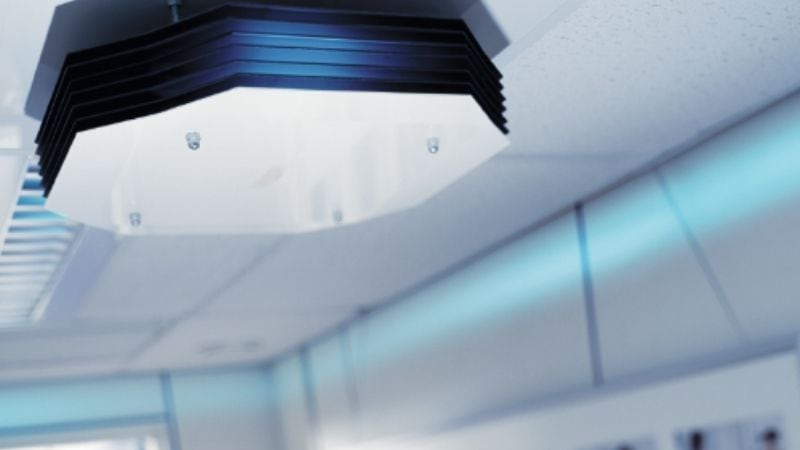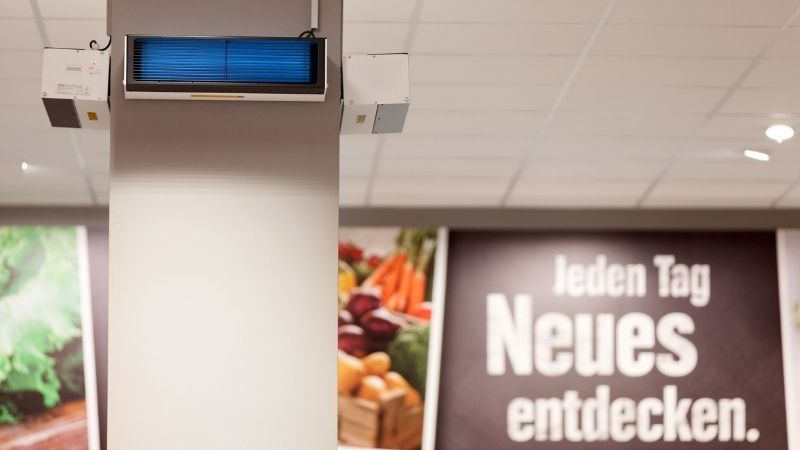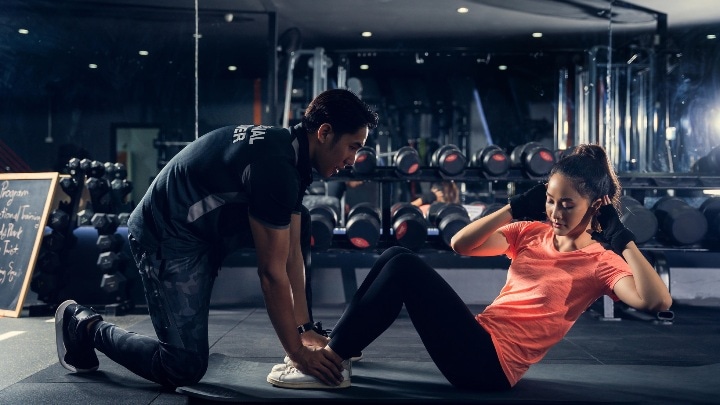June 21, 2021
Does UV-C air disinfection offer a guiding light to a post-pandemic world?
Mosquito-born malaria derives its name from mal aria, which is Medieval Italian for 'bad air'. According to the Ancient Romans and Greeks, malaria originated from pestilential fumes in swamps or fissures in the ground. It wasn’t until the 1880s that it was discovered that the disease came from mosquito bites.
This goes to show that it can take a long time to overturn conventional beliefs, even in the face of contradictory evidence. We can see this today when examining the early advice on dealing with the transmission of SARS-CoV-2, the virus causing COVID-19.
Until only a few months ago, the perceived wisdom was that SARS-CoV-2 spread by respiratory droplets expelled from the mouth. The droplets then fall to the ground contaminating surfaces and people in close contact with each other. It was widely believed that the virus made its way to our hands, then our noses, eyes, or mouths. Hence the need to regularly wash our hands and to avoid touching our face or mask and the requirement for social distancing.
Of course, transmission like this can occur and handwashing and masks are necessary, but what was overlooked was mounting evidence that the virus was also transmissible by aerosols, just like measles or tuberculosis. But back in 2020, advice from the World Health Organization focused on heavier, short-range droplets being the main culprit. The need to ventilate rooms and the importance of airflow seemed to be secondary considerations at best.






